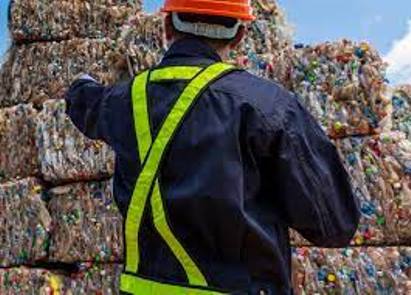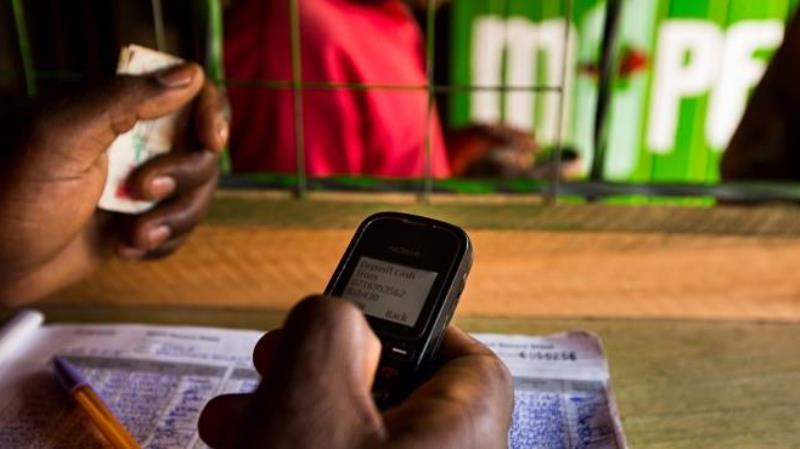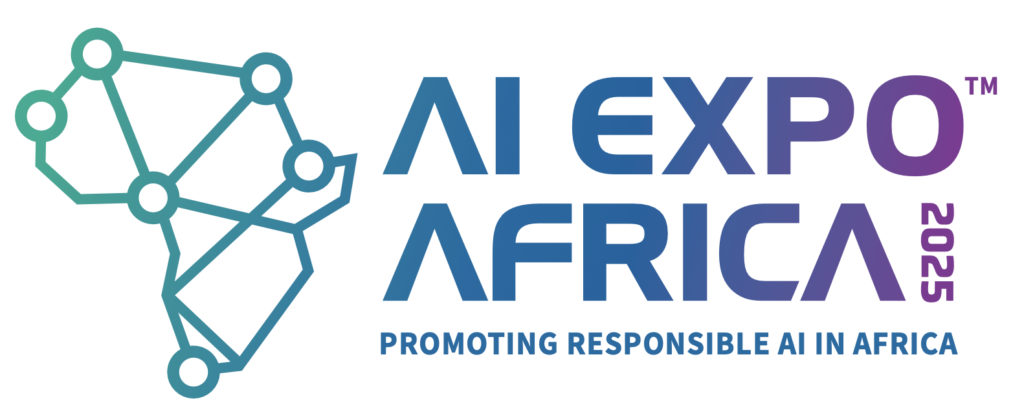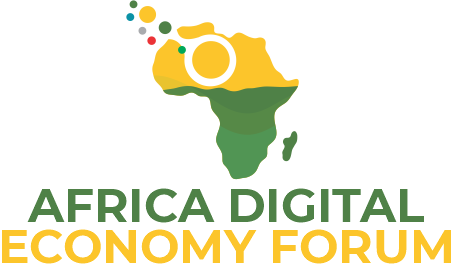Circular Innovation Powering Africa’s Green Future
Africa’s circular economy is gaining strong momentum as innovation meets opportunity across the continent. In Addis Ababa, 30-year-old Behailu Seboka, founder of Askema Engineering, is manufacturing brake pads from discarded slaughterhouse materials — a project that began at university and now employs 268 people and serves 6,400 customers across Ethiopia.
RELATED: The hidden gold in your drawer: How eWaste is powering the circular economy
“With the right support, we can prove that the circular economy is not only good for the environment but also for business,” Seboka said at the 2025 Annual Meeting of the African Circular Economy Alliance (ACEA), where his company showcased Africa’s industrial ingenuity.
From Ethiopia to Madagascar and Burkina Faso, African entrepreneurs are transforming waste into wealth — converting plastic waste into handbags, paving stones, and school furniture. These examples highlight how circularity — the reuse, recycling, and regeneration of materials — is reshaping Africa’s development model.
Job Creation Through Circular Transformation
Each year, more than 10 million young Africans enter the job market, but only 3.1 million jobs are created. With the global circular economy market projected at $546 billion and the potential to generate 11 million jobs by 2030, circular innovation is emerging as a key solution for employment and inclusive growth.
The African Circular Economy Alliance (ACEA) — now comprising 21 member countries — is driving this agenda, embedding sustainability and circularity in national and regional development strategies.
At its 2025 Annual Meeting in Addis Ababa (14–16 October), policymakers, investors, and innovators explored ways to scale circular models that deliver both environmental and economic value. Participants included representatives from 19 partner institutions, such as the African Union (AU), European Union (EU), African Development Bank (AfDB), African Organisation for Standardisation (ARSO), UNDP, and UNEP.
Financing, Standards, and Policy Harmonisation
Deliberations focused on aligning standards, financing, and industrial policies to overcome fragmentation in Africa’s circular ecosystem. Instruments like the African Circular Economy Fund (ACEF) — managed by the AfDB Group — and the African Union’s Continental Circular Economy Action Plan (CEAP) are accelerating regional cooperation in line with Agenda 2063.
“I congratulate the African Circular Economy Alliance and the African Development Bank for their determined commitment to the circular economy,” said Finland’s Ambassador to Ethiopia, Sinikka Antila, noting Finland’s role as a donor to the ACEF.
Similarly, Aubin Ndodjide, Chad’s representative in Ethiopia, praised the ACEA’s leadership in turning circular economy opportunities into sustainable livelihoods for Africa’s youth.
A Unified Vision for Sustainable Prosperity
The African Development Bank Group has integrated circularity into its Ten-Year Strategy (2024–2033) and Four Cardinal Points Agenda, which focus on expanding capital access, reforming financial systems, leveraging demographics, and investing in resilient infrastructure.
“The circular economy links the Bank Group’s four cardinal points in a single equation — transforming Africa’s resources, ideas, and youth into levers of economic power,” said Nathaniel Oluoch Agola, Acting Country Director of the AfDB in Ethiopia.
As Africa’s circular economy gathers pace, the synergy between innovation, policy, and financing is positioning the continent not just as a participant but as a global leader in sustainable industrial transformation.





























